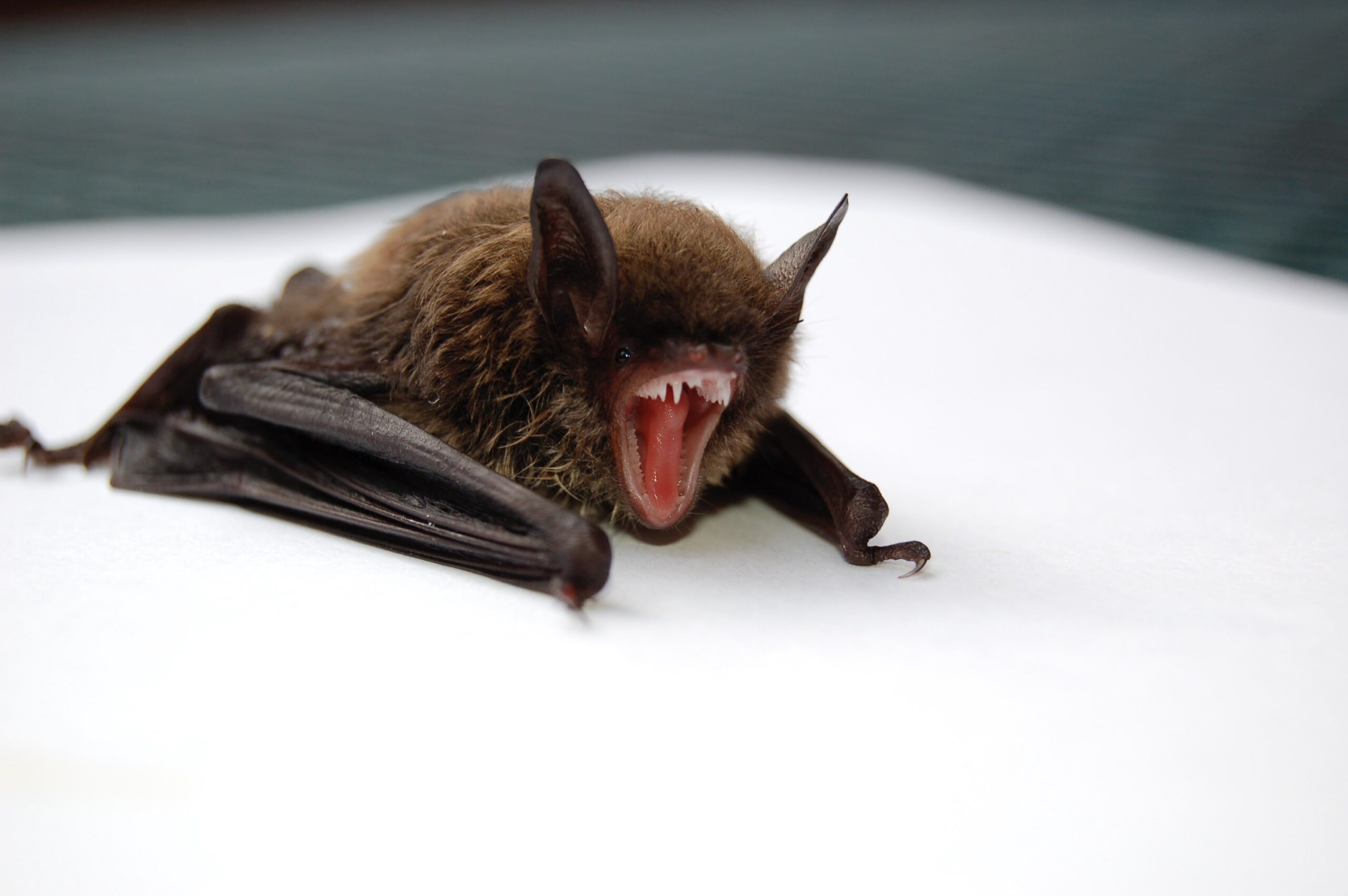BAT REMOVAL PROCESS
Assess and Remove
The key to removing bats from your home is determining their entry points. Bats can enter through small openings and leave very little trace behind. Our expert technicians will identify all the entry points and evict the colony humanely using one-way doors that allow the bats to leave for food but prevent their re-entry.
Clear and Clean
Depending on the size of the colony and how long they’ve been living in the home there could be a large mess to clean up. Our wildlife technicians will thoroughly remove bat guano and disinfect the space to eliminate any harmful traces left behind.
Prevent and Protect
Our wildlife technicians will provide a full, comprehensive protection plan against any future bat infestations. This would include sealing all the tiny gaps and openings around your home’s roofline to keep bats out.
Bats in Collingwood
Bats are not as frightening or dangerous as people think they are. Contrary to modern media’s portrayal, most bats only feed on insects or fruit, not blood. Bats actually benefit the Collingwood community in multiple ways, by controlling the insect population and pollinating certain trees and crops. Nevertheless, bats are capable of spreading diseases to humans and it is not healthy for either species if bats live within human homes.
Requirements for Bat Removal
Because many species of bats are endangered, they can only be handled carefully and humanely by trained professionals during specific times of the year. It is illegal to harm bats when removing them from the home because of their protected status. Not only are our technicians trained to handle bats for removal, but we are allied with an organization called Bat Conservation International.
Bats cannot be removed from the home while they are raising young. The babies are dependent on their mother to feed them and cannot be removed on their own. Bats also cannot be removed from the home while they are hibernating in the winter. Therefore, bat removal can only take place during the spring, before they give birth, or in the late summer or early fall, after the babies are old enough to fend for themselves. Nevertheless, if you find bats in your house you should call us immediately no matter the time of year. We can work with you to create a plan that we can put into action as soon as possible to rid your home of bats for good.
Important Information for Homeowners
Ontario is home to eight different bat species:
- Big brown bat
- Eastern red bat
- Eastern small-footed myotis
- Hoary bat
- Little brown myotis
- Northern long-eared myotis
- Silver-haired bat
- Tri-coloured bat
Three of these species are considered endangered in Canada, while one is endangered in Ontario. Nevertheless, all these species of bats are threatened by habitat loss, pesticide use, and a contagious fungal infection called white-nose syndrome.

Interesting Facts About Bats
Bats are a huge help to farmers. Most species feed on insects and save billions of dollars a year on crop losses and chemical pest control. They are also pollinators. Here are some fascinating facts about these awesome creatures:
FACT:
While some rodents have the ability to glide, bats are the only mammals capable of true unaided flight.
FACT:
Bats make sounds so high-pitched that humans can’t hear them. They use echolocation to navigate and locate food in the dark. The sounds bounce off an insect or obstacle, and bats locate the object based on the echo.
FACT:
A sad but important fact: While white-nose syndrome poses no risk to humans, it has killed nearly 10 million bats in North America since 2006.
Be part of our preservation efforts by contacting Skedaddle for help with bats on your Collingwood property.
CHECK OUT OUR LATEST BLOGS
What Do Winter Den Sites Look Like?
How Wildlife Beat the Heat, and How Humans Can Help
Why is Wildlife In My Yard This Spring?
Why Are There Foxes in My Backyard?








